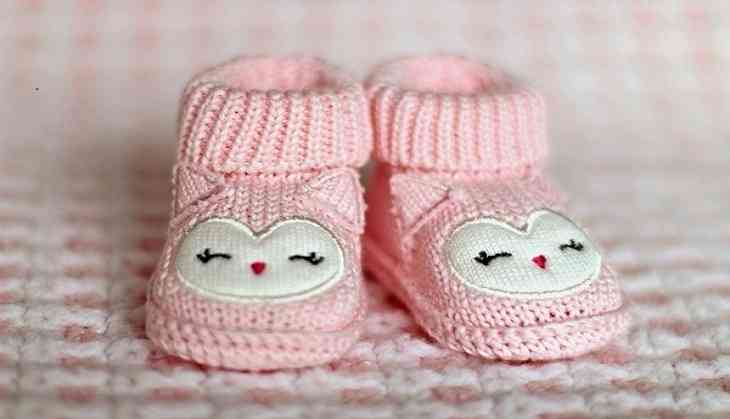
Infants' racial and ethnic identities influence the quality of medical care they receive in California's neonatal intensive care units, a recent study has found.
The Stanford University School of Medicine study examined medical care of more than 18,000 of the state's smallest babies at 134 California hospitals.
The disparities were not uniform: At some California hospitals, infants from vulnerable populations received worse care than white infants, while at others, they received better care than whites.
In general, however, the hospitals with the best outcomes for their patients also delivered better care to white infants. In addition, the study found that black and Hispanic infants were more likely than white infants to receive care in poor-quality NICUs.
"There's a long history of disparity in health care delivery, and our study shows that the NICU is really no different," said senior author Jochen Profit. "Unconscious social biases that we all have can make their way into the NICU. We would like to encourage NICU caregivers to think about how these disparities play out in their own units and how they can be reduced."
When researchers analyzed the population of very low birth weight infants in their study, Hispanic infants and those with "other" ethnicity had lower Baby-MONITOR scores than white infants, while black and Asian infants did not have significantly different scores than whites.
However, across the state, white infants scored higher on measures of whether standard medical practices were being followed. For instance, 89 percent of white infants and 88 percent or Asian infants in the study received steroids before birth to mature their lungs, while 87 percent of Hispanic infants and 85 percent of black infants got the same treatment. The difference remained statistically significant after adjusting for possible confounding factors.
Black infants had higher levels than whites of chronic lung disease and collapsed lung, as well as lower rates of receiving any human milk at discharge -- all indicators of worse outcomes -- although they also grew more quickly than white babies (a faster growth rate is associated with better outcomes). Hispanic infants scored significantly lower than whites on all components of the score except collapsed-lung rates.
Across NICUs, those that provided the poorest quality of care tended to have the smallest disparities between ethnicities; in some, blacks fared better than white infants. As quality scores rose across hospitals, white infants tended to do better.
The researchers also found that although racial and ethnic differences in NICU care were fairly small when examined across California as a whole, some individual hospitals had large gaps in how they cared for infants from different racial and ethnic backgrounds.
Addressing the disparities will require a nuanced approach, Profit said. "It's really important for NICUs to individualize care to the patient population they see," he said.
Hospital care during the newborn period is not the largest contributor to health disparities that minority infants experience, Profit noted, estimating that socioeconomic and biological differences likely make a larger contribution. Nevertheless, that does not mean disparities in medical care should be ignored, he added.
"For many of these infants, their time in the NICU sets them on track for their entire life," Profit said. "If we can get things right early on, that could have a huge long-term effect."
The study has been published in journal Pediatrics.
-ANI


